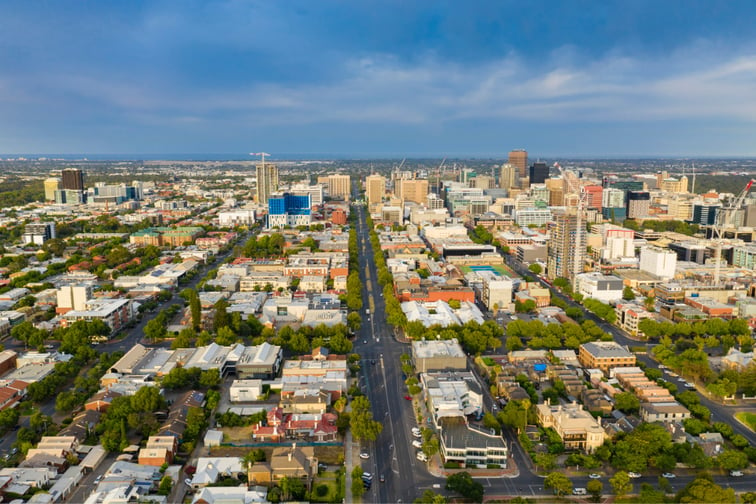

Many property buyers have been successfully tempted to Australia’s regional areas due to more space, flexible working conditions, and flexibility – but is this trend fleeting or here to stay?
According to CoreLogic’s quarterly Regional Market Update, Australia’s 25 largest non-capital city regions continued to achieve unprecedented increases in value, with 24 regions posting double-digit annual growth for houses and 18 regions notching up gains in excess of 20% over the 12 months to January.
The median dwelling value across the combined regions rose 26.1% in the year to January, outpacing the combined capital city dwelling growth rate of 21.3% for the same period.
Eliza Owen, CoreLogic’s head of research, said the trend had continued for nearly two years and the question on whether it will last was becoming more common.
“Timing any shift in the housing market can be very difficult,” Owen said. “Generally, a downswing in property values is fairly broad based across both capital cities and regions and it’s common for the two markets to roughly perform in line with each other. … Through the current cycle, capital city markets hit their peak growth rates in April 2021, so if we were to assume the long-term property cycle relationship still holds, regional dwelling market growth rates would have started to slow in late 2021.”
Owen said the pattern changed in 2021, however, with regional price growth accelerating toward the end of the year and capital city dwelling price growth continuing to slow, following eased lockdown conditions across Sydney, Melbourne, and the ACT.
“This created an unusual divergence between the two markets, where price growth accelerated to 6.3% in regional Australia over the three months to January,” Owen said. “Despite the recent exuberance, I would expect growth rates in regional Australia to start slowing early this year.”
Owen said economic forces can still impact regional housing markets and that there may still be some room for growth amid rate hikes in more affordable, peripheral areas to popular hot spots. It is expected, however, that there will ultimately be few regions that can avoid a downswing over the next few years.
The Southern Highlands and Shoalhaven SA4 region in NSW recorded the highest annual regional house value growth over the 12 months to January at 38.2%, followed by Queensland’s Gold Coast (36.3%) and the Sunshine Coast (35.4%). The lowest yearly growth rate was seen across the Townsville region at 7.8%.
Across Australia’s regional unit market, the best-performing unit market was Launceston and North East region in Tasmania, which saw a 33.9% increase in values over the period, followed by Queensland’s Sunshine Coast region with a 31.1% increase. At the other end of the scale were Bunbury (WA), the only market to see a decline (-8.3%), and Queensland’s Mackay-Isaac-Whitsunday region with minimal growth (0.9%).
“Key drivers for performance in the regions will come down to higher interest rates and affordability constraints, the same headwinds capital city markets are facing,” Owen said. “Regions have an additional factor to contend with, and that is the possibility of a return to ‘normality’ and what that means for a potential refocus on cities. Employers may make a return to physical office space a priority in the years ahead, which would necessitate buyers to reconsider housing options closer to a capital city. However, this scenario seems less likely and more long-term than the arrival of the Omicron variant, which in many ways reinforced that this an ongoing health crisis, and Australians prioritised their current housing needs to align with their desired lifestyle.”
